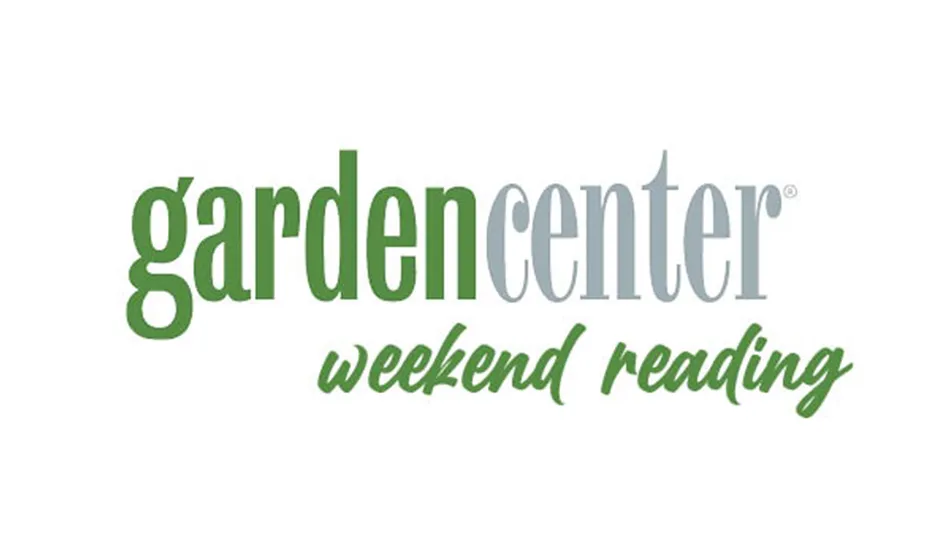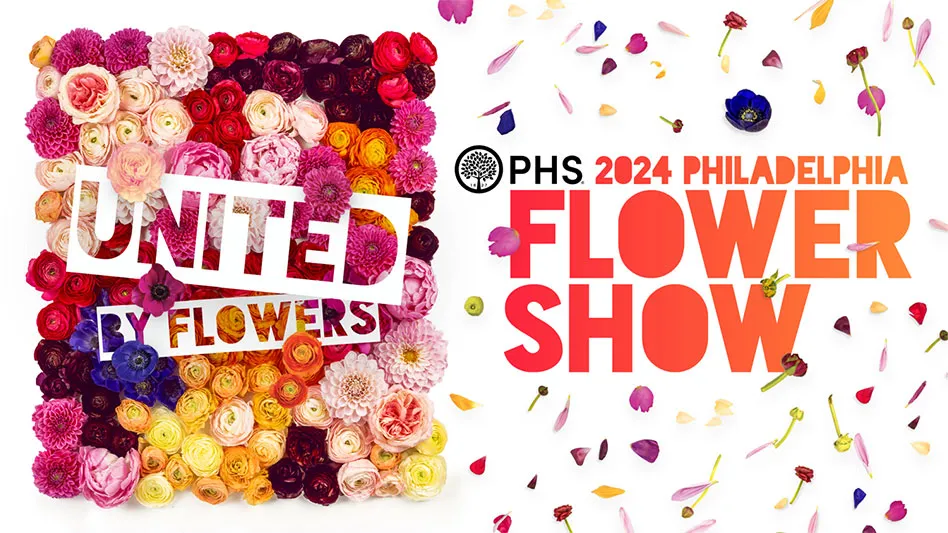
.jpg) Suggest a crape myrtle when customers ask for…
Suggest a crape myrtle when customers ask for…
- Something that will add color during the hottest days of summer
- A small shade tree for tiny lots
- A shrub that requires little pruning
- A tree/shrub that will tolerate clay soil
- An “old-fashioned,” “heirloom-like” or “Southern favorite” plant
{The story}
Crape myrtles are a staple in the South, and are even seen as far north as Indiana. This deciduous tree or shrub is extremely versatile and drought-tolerant once it’s established in the landscape. Dwarf crape myrtles add yet another dimension to this tried-and-true plant. Crape myrtles generally thrive in USDA Hardiness Zones 7-10. The plant’s showy clusters of flowers come in a multitude of colors, including red, pink, white and purple. The bark is also notable, with its smooth yet mottled surface that sheds each year. Crape myrtles grow best in full sun. Too much shade encourages development of powdery mildew.
Display and marketing possibilities
- Include specimens in a “school spirit” display. Purple-, red- and white-flowered varieties often mirror the school colors of nearby colleges and universities.
- Create a Crape Myrtle Festival to attract customers to your store during slow summer months.
- Create a tongue-in-cheek display advocating the stop of “crape murder”—the practice of drastically cutting back (topping) these plants.
- Include crape myrtles in display gardens so customers can easily see the beautiful attributes of mature bark.
.jpg)

Explore the April 2010 Issue
Check out more from this issue and find you next story to read.
Latest from Garden Center
- Weekend Reading 5/17/24
- GardenComm 2024 Annual Conference registration is open
- Landmark Plastic celebrates 40 years
- Proven Winners introduces more than 100 new varieties for 2025
- Weekend Reading 5/10/24
- The Family Business, Part 2: Agreeing (and disagreeing) on capital investments
- Registration opens for Darwin Perennials Day
- Weekend Reading 5/3/24





